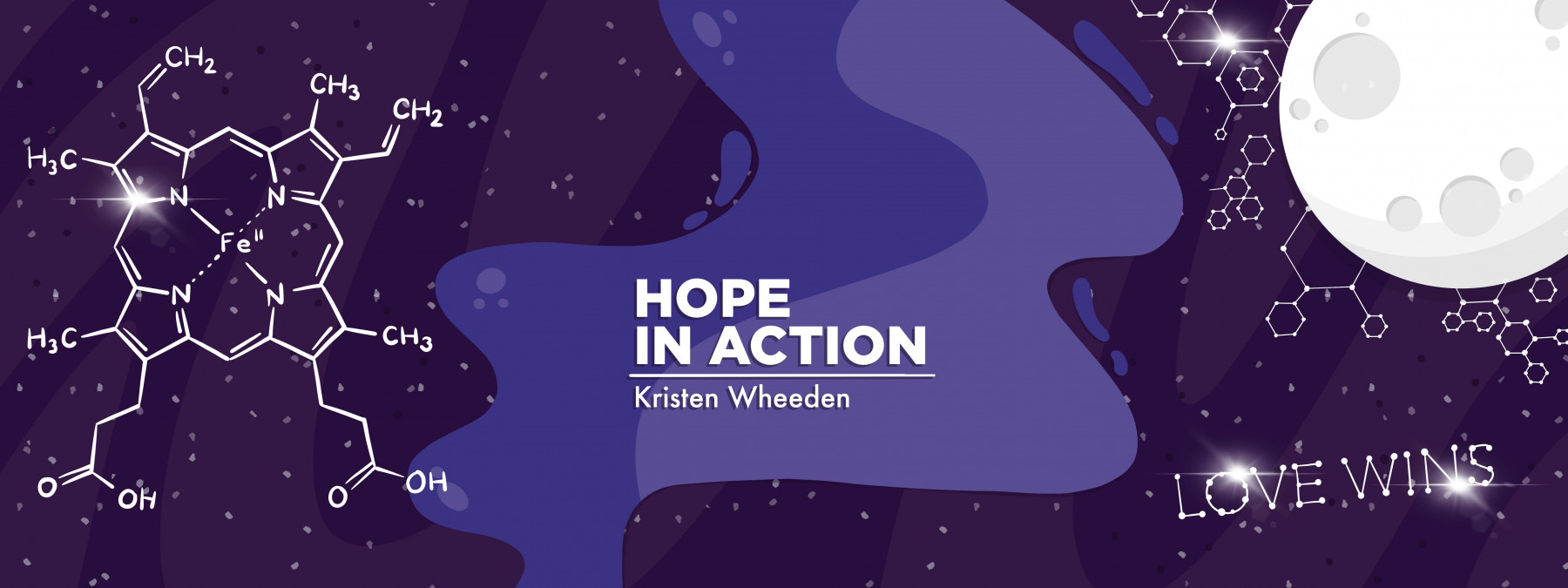Happy 40th Birthday to the Orphan Drug Act, and Other Advocacy Wins
The legislation from 1983 has led to many treatments for rare diseases

As a porphyria patient advocate, I feel blessed to have the opportunity to talk with patients every day. Some have already been diagnosed, while others are struggling to be heard.
More than likely, the person on the other end of the phone has suffered terribly from tremendous pain. Or they have seen multiple doctors who are skeptical when conducting their assessments. By the time these doctors do their assessments, porphyria attacks or negative reactions have often already ended, and patients must explain the symptoms while looking “perfectly fine.”
I started talking to porphyria patients when my youngest son, Brady, 17, was diagnosed with erythropoietic protoporphyria (EPP) at the age of 4. EPP, one of the eight main types of porphyria, is a phototoxic disease triggered by visible light. Sunlight, for example, causes EPP patients debilitating pain when they’re exposed to it.
Brady’s journey to a diagnosis was relatively quick, thanks to a doctor who had seen another patient with this disease and spotted it immediately in my son. What also helped was that we believed Brady when he said that he was in serious pain.
I believe you
Over the years, I have learned the power of the words “I believe you.” When I say this while talking on the phone with a patient or caregiver, it’s usually followed by an audible sigh. By the time they get to me, they are completely spent. They are out of energy and options and desperate.
What they want is accessible testing, a doctor who goes above and beyond to figure out their situation, and someone who believes them. By saying, “I believe you,” we acknowledge their experiences and validate their feelings. Trying to obtain a diagnosis for an ultra rare disease that is largely invisible and causes horrific pain can be especially isolating.
There are two main categories of porphyria: acute and cutaneous. With the acute porphyrias, typical symptoms are similar to many other diseases. As such, a healthcare professional must come up with porphyria as a potential diagnosis. With the cutaneous porphyrias, symptoms are so rare that determining the correct diagnosis is like finding a needle in a haystack.
But seeking a diagnosis is just the beginning of the journey. Finding treatment is the next nightmare. Only 5% of rare diseases have treatments approved by the U.S. Food and Drug Administration (FDA), so Congress has had to step in to support research and development and motivate the pharmaceutical industry to act.
Key legislation turns 40
Critical change started in the early 1980s, particularly when the Orphan Drug Act was enacted in 1983. This act provides incentives for pharmaceutical companies to develop and market drugs for rare diseases, which in the U.S. are defined as affecting fewer than 200,000 people. The act provides tax credits for clinical research and seven years of market exclusivity for drugs that receive orphan drug designation, to help offset the prohibitive costs of developing treatments for such small patient populations.
The Orphan Drug Act turned 40 this month. It has played a critical role in encouraging the development of new treatments for rare diseases like porphyria, which now boasts three prescriptible treatments, and more in the pipeline.
The tax credits and market exclusivity provided by the act can make development of drugs for rare diseases more financially viable for pharmaceutical companies. With more research and development, new treatments for rare diseases will become available to patients.
In fact, the first investigational treatment to be designated an orphan drug by the FDA was Panhematin (hemin for injection), for acute intermittent porphyria. We also have bitopertin, which was designated as an orphan drug for EPP just a month ago.
To me, the Orphan Drug Act is like the collective voice of Congress telling the rare disease community, “We believe you.” It offers practical support to our extended community and has led to the development of hundreds of drugs for rare diseases that may not have been developed otherwise.
By continuing to support the Orphan Drug Act for many more decades, we can ensure that patients with rare diseases are not forgotten and that they’ll have access to treatments.
Note: Porphyria News is strictly a news and information website about the disease. It does not provide medical advice, diagnosis, or treatment. This content is not intended to be a substitute for professional medical advice, diagnosis, or treatment. Always seek the advice of your physician or other qualified health provider with any questions you may have regarding a medical condition. Never disregard professional medical advice or delay in seeking it because of something you have read on this website. The opinions expressed in this column are not those of Porphyria News or its parent company, BioNews, and are intended to spark discussion about issues pertaining to porphyria.








Comments